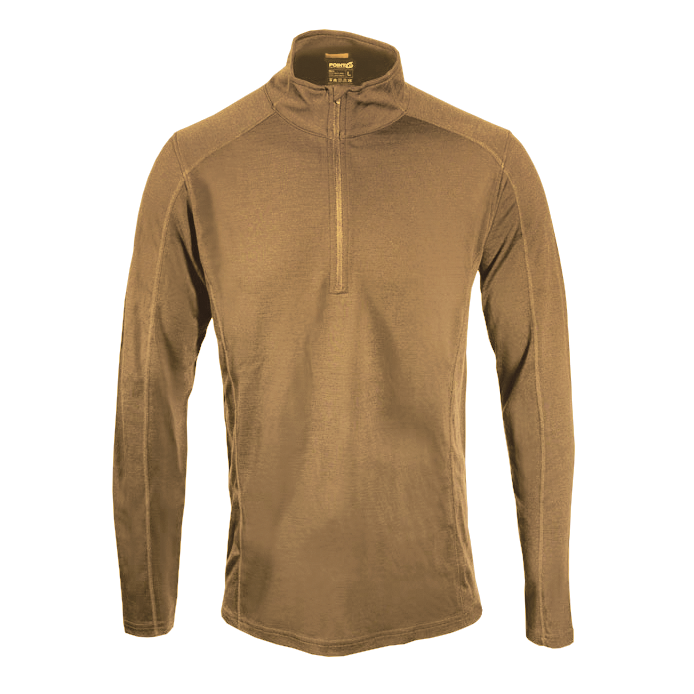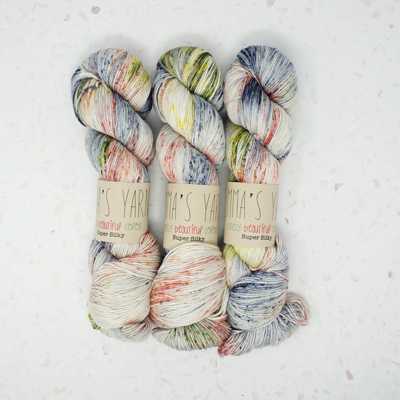Excellent Ideas On Picking Bamboo Clothing
Wiki Article
Why Are Yak Merino Wool Base Layers So Beneficial For Winter Sports Clothing With Regards To Natural Fiber Benefits And Environmental Sustainability?
Sustainable and renewable Yak Merino's wool base layer is highly effective for winter sportswear, not just due to its performance very well but also due to its natural fiber advantages.
Yak and merino are both natural fibers made from animals. They are both renewable resources that can be sustainably harvested without harming the animals. They are biodegradable which means they can be degraded naturally and do not harm the environment.
Low Environmental Impact
The production of natural fibers generally have a lower environmental impact than synthetic materials. Wool is manufactured using fewer chemicals than synthetic fibers and require less non-renewable energy.
Energy Efficiency
Processing wool fibers requires less energy compared to manufacturing of synthetic fibers such as nylon or polyester. The production of natural wool requires less energy and lowers carbon emissions.
Minimized Microplastic Pollution
Natural wool fibers aren't able to pollute lakes with microplastics as do synthetic fibers.
Product's long-term durability and its Recyclability
Yak merino clothes are usually durable and last for a long duration. Wool fibers are also repurposed or recycled, which reduces waste.
Sustainability Practices
Some producers and wool producers adhere to ethical and sustainable practices. They take care to ensure the welfare of animals, good land management, and fair work conditions for their workers.
Environmental Certification-
To assure consumers of the quality of wool produced is a means of establishing a standard such as the Responsible Textile Standard (GOTS) or the Global Organic Textile Standard.
In general, yak merino base layers are in line with environmental sustainability by being derived from natural, renewable sources that have minimal environmental impact during production and, often, incorporating ethical and sustainable practices throughout their supply chain. Natural fibers, such as yak wool merino are a great option for winter sports clothing that supports responsible consumption and environmentally friendly practices. View the recommended merino wool base layers for site info including men's wool leggings, base layer moisture wicking, wool base layer womens, long john merino, merino wool underwear womens, best ski underlayers, merino wool long johns, wool thermals womens, smartwool classic thermal merino quarter zip base layer top women's, smartwool 250 base layer bottoms and more.

What Are The Benefits Of Bamboo Clothing In Terms Of Softness And Antibacterial Properties? Durability, Renewability, As Well As Durability.
Bamboo clothing offers several advantages in terms of the softness, antibacterial properties, durability, and renewability- It is soft-
Bamboo fabric is known for its silky texture and luxurious feeling. It's often compared with silk or other luxurious materials, like cashmere. It is soft and gentle on the skin and offers the most comfortable wear.
Antibacterial Properties
Bamboo has natural antimicrobial characteristics. Bamboo contains an antimicrobial substance called "bamboo Kun." This property prevents the growth of odor-causing fungi or bacteria.
Durability-
StrengthDespite its softness, bamboo fibers can be robust and durable. Bamboo clothing is long-lasting and can be utilized to perform a range of tasks.
Renewability-
Rapid Growth - Bamboo is very renewable resource that grows quickly, without fertilisers or pesticides. Bamboo can be harvested in a few short years and has a low environmental impact.
Sustainability-
The cultivation and processing typically have less environmental impact than the production of synthetic material. Bamboo's rapid growth rate, low water requirements, and capacity to grow in different climates are among the reasons that bamboo is sustainable.
Biodegradability-
Natural Decomposition- Bamboo clothing can naturally decompose at the end its lifecycle. This helps reduce the quantity of non-biodegradable material in landfills and reduces environmental pollution.
Hypoallergenic Qualities
Bamboo fabric is less prone to chance of causing skin irritation and allergic reactions than some synthetic fabrics. This makes it an ideal choice for those with sensitive skin.
Bamboo clothing is a great choice for those seeking eco-friendly, comfortable and functional clothes. Bamboo clothing is soft and has the ability to fight bacteria and last for a long time. These characteristics provide a satisfying wear experience and align with eco-conscious practices. Read the top bamboo clothings examples for blog tips including yala pajamas, bamboo under wear, sustainable bamboo clothing, clothes made from bamboo, bamboo dress socks, bamboo pants ladies, bamboo pajama pants, bamboo chafing shorts, bamboo sweater, mens bamboo boxer shorts and more.

How Do Merino Layers And Bamboo Clothing Differ From Regular Wool?
Merino Wool, Bamboo Clothing, and Regular Wool are distinguished by distinct features that distinguish them.
Softness- Merino wool is known for its soft and fine fibers, making it comfortable against skin. It's less likely to cause irritation or itchiness. causes irritation or itching when compared with other types of wool.
Merino wool is moisturizing. Merino wool wicks moisture from the skin and allows it to evaporate, keeping the wearer dry and comfortable.
Merino provides excellent insulation even when wet. It regulates body temperatures as it provides insulation and airflow to prevent overheating while exercising.
Odor Resistance- It naturally inhibits the growth of bacteria that cause odor and keeps clothes fresh after long wear.
Bamboo Clothing
Bamboo clothing is said to have a silky and soft texture. It can be compared to cashmere, or even silk. It's a gentle material that gives you a pleasant experience.
Bamboo fabric is moisture-wicking and has properties which draw sweat away from the body and keeps you dry when you exercise.
Temperature Regulation- Bamboo clothing has natural temperature-regulating abilities, offering warmth in winter and breathability to prevent overheating.
Sustainability Bamboo is a renewable resource that is highly renewable, and it grows quickly without pesticides. It is biodegradable.
Regular Wool
Texture. The typical wool texture can vary. Certain types of itchy or uncomfortable textures are more coarse.
Warmth - Wool can provide an excellent insulation and warmth however it can also feel bulky.
Wool can absorb moisture. This means it is less efficient at moisture wicking when compared with merino, bamboo, or other types of fabrics. Wool keeps its warmth even when damp.
Merino wool is soft and has excellent moisture-wicking properties it is odor-resistant and provides insulation. Bamboo clothing offers a soft feel, moisture-wicking capabilities, temperature regulation, and sustainability. Wool has a different texture, and it might not have the same moisture-wicking properties like bamboo or merino. But, it offers warmth and insulation. Each type of material has its own benefits, catering to different preferences and needs for winter clothes. View the most popular bamboo winter clothing tips for site advice including smartwool mid layer, best mid layer skiing, merino base layer cycling, smartwool mid layer, long john merino, airblaster merino ninja suit, smartwool 250, mens wool long johns, mens wool long johns, skiing mid layers and more.
